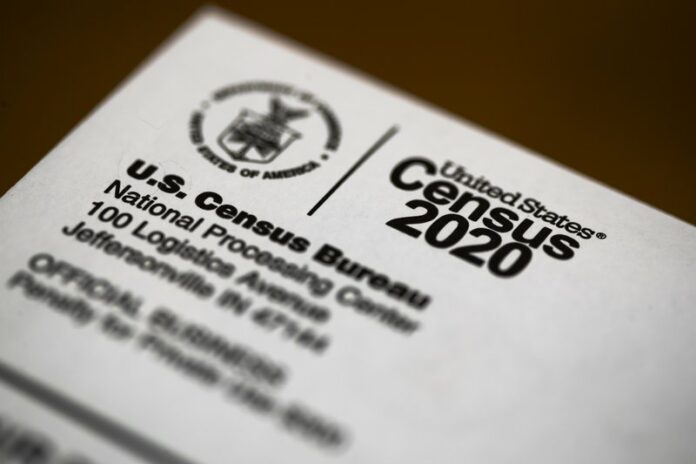“United States” Census Bureau is the federal government’s biggest statistical agency and the nation’s leading provider of reliable data about its people and economy. Its most important capability is the U.S. Census, conducted every ten years, which counts every resident in the United States. The data collected by the census shows the number of seats each state has in the U.S. House of Representatives. It is used to give out more than $675 billion in federal funds to local sections. This funding helps to support education, healthcare, infrastructure improvements, and many more.
The bureau established the Census Enterprise Data Lake (EDL) initiative to enable the processing capacity needed. The EDL helps in the processing capacity to satisfy petabyte-scale data management and analytics while rewarding security and privacy requirements, all while on a budget.
Cloudera data platform was selected by the Central Bureau for the 2020 census to help mine, process, and extract insights used to show critical decisions at all government levels. The platform grips the entire technology stack and professional service offerings. Cloudera Dataflow is used to absorb data and provide real-time analytics.
The EDL will help in processing big datasets quickly and easily with extensive, dynamically scalable computing and storage capabilities all over the enterprise. The data lake also gives a centralized repository to consolidate operational Para data, response data, and cost data from multiple data collection modes. It provides a single place to examine all data and make informed decisions during operations.
The Census Bureau’s expenditure in data analytics, cloud computing, and open source technology helps the organization’s long-standing history of transformation. Now, filling out the census questionnaire is much more comfortable than ever before because the platform enables respondents to reuse their responses automatically. The data is quickly examined for quality and ultimately decreases the volume of redundant data.
Confidential data are more secure than its the past. The EDL helps in security, privacy, and policy controls for all types of delicate data and code at a pursuit level. So, the bureau can successfully control and tight multiple, large data sets with the help of automation and use metadata to check, link, and aggregate datasets through the survey lifecycle until the final products are spread.
Data scientists can now share data and perceptions more easily within the bureau and across agencies while adhering to security and data governance policies. Because of this new feature, the Census Bureau can help other agencies derive perceptions from the data to ensure that resources are provided for the needy. The government can plan for the future through a perception of the patterns of population growth and change.
Besides, because the 2020 census is digital, there has been a significant reduction in costs due to a decrease in paper surveys, and more importantly, the alleviation of U.S. Post Office resources in a crucial election year.

